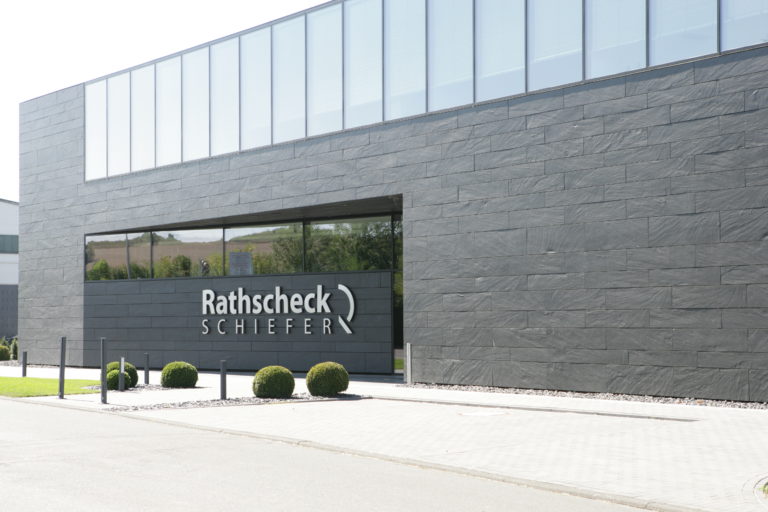Worth knowing
What you should know about slate
Over the centuries slate has proven its worth. Generations of planners and craftsmen have used it to create architectural monuments of lasting beauty. Today slate is more topical than ever as a natural material. Its vivid structure and natural luster lend every building timeless beauty and individual character.
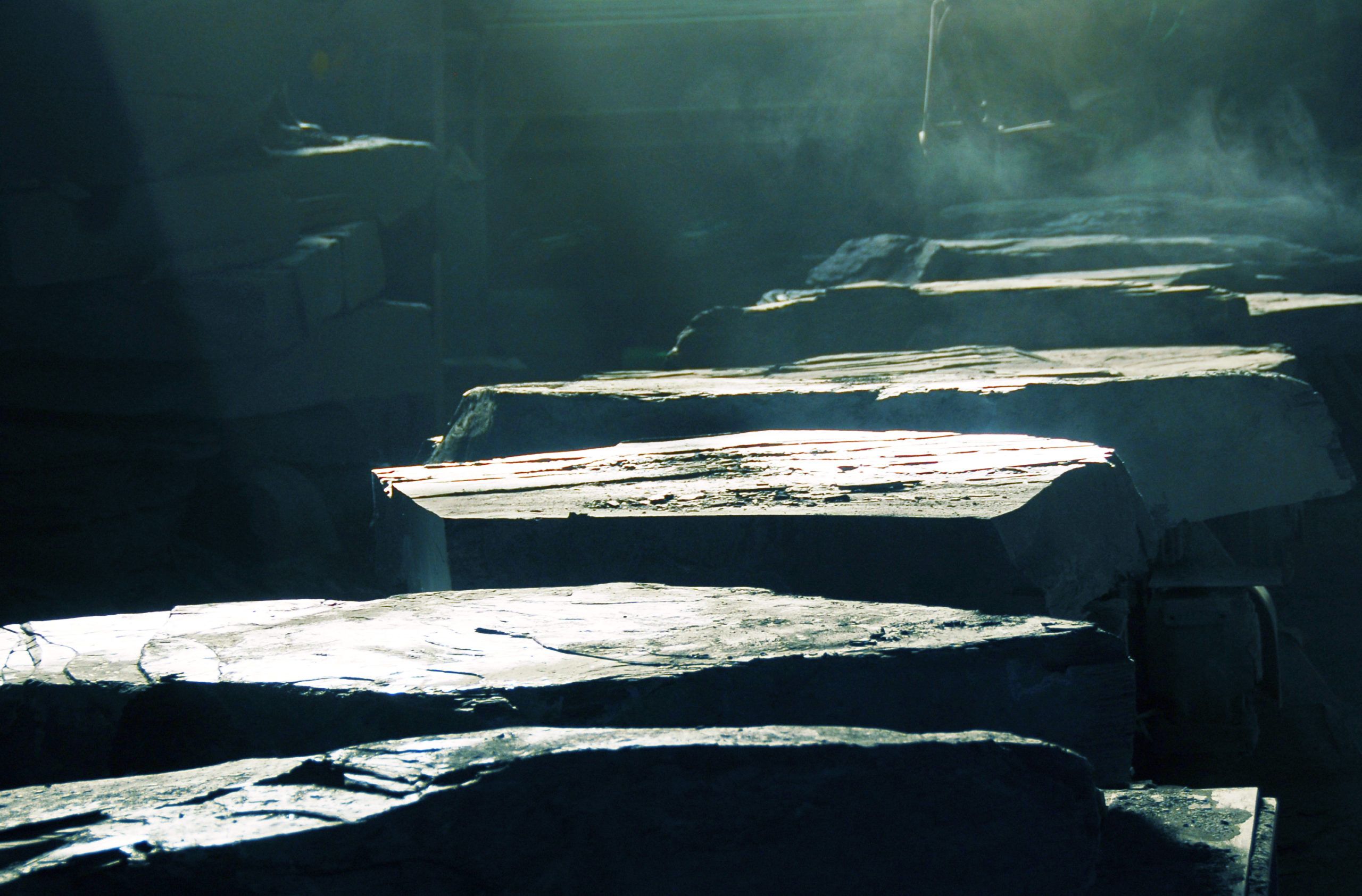
How and when did slate develop?
Approximately 400 million years ago in the Devon time on the bottom of primeval oceans the finest clay mud deposits developed and under high pressure and temperatures they gradually solidified into claystone. During the later mountain formation these layers of claystone were folded up by lateral pressure. During this process of the so-called foliation a sequence of microscopically fine lamellose minerals (mica layers) were formed and the slate owes them its typical structure and characteristica – in particular the good splitting property and weathering resistance.

Is slate really as expensive as it is often assumed?
Today slate is more reasonably priced than its reputation. On the one hand this is due to new, more modern exploitation and production facilities and on the other to a great extent to a large number of new formats enabling more rational laying. As a result the labour costs can in parts be considerably reduced – finally having a positive effect on the overall costs.
How much is a square metre (m²) of completely laid slate?
The price always depends on the type of cladding, but also on local conditions (e.g. pitch of the roof, lengths of the rafters, number/shape of the dormer windows, chimneys, size of the space, etc.).
You will receive exact price quotations with regard to the individual object from your roofer specialised in slate or use beforehand our price calculation model and/or take a look at the price quotations for the products.
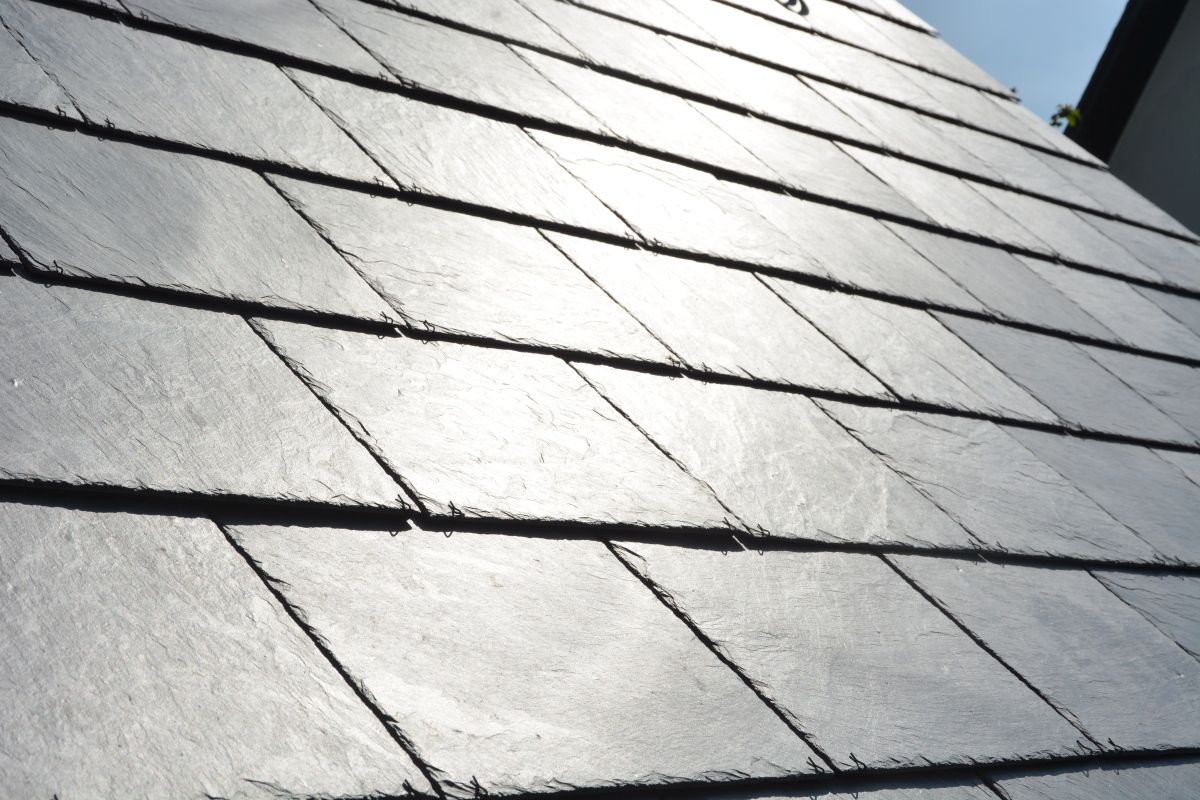
Are there differences in quality between the various trade marks and/or exploitation sites?
No, because our different trade marks and/or exploitation sites have an integrated quality level. All the exploitation sites are specifically selected according to the quality characteristics of the MONUMENTUM® - sometimes, such as for example for InterSIN® and ColorSIN®, we had to search worldwide.
There are, however, differences in the processability or the surface structure, but this does not have anything to do with durability and/or difference in quality.
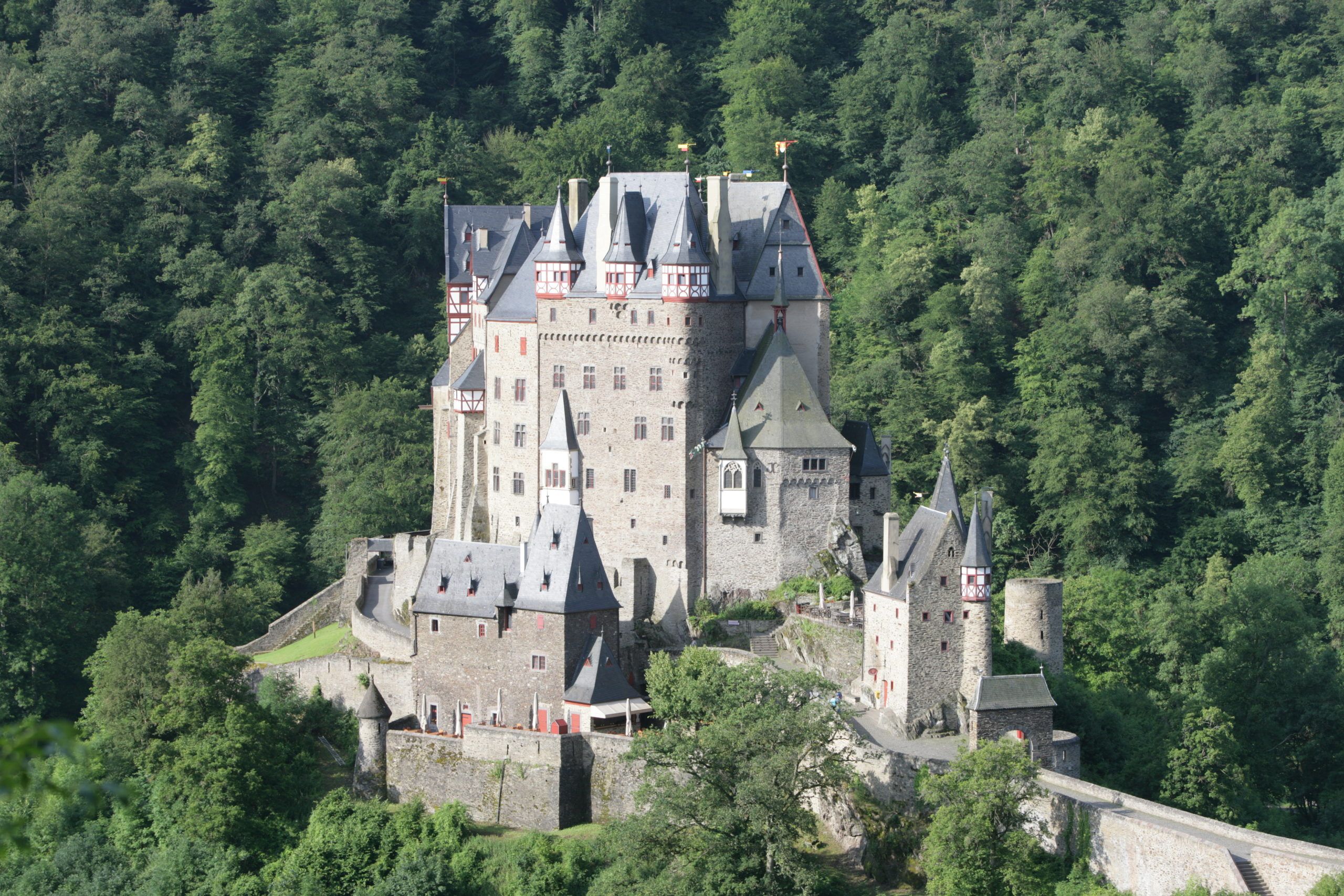
How long is slate durable?
Slate is a natural product. For centuries it has proved its worth on roof and wall of historico-cultural buildings and is hardly reached regarding aesthetics and service life. As can be proved there are service lives of 250 years and more for best slates (inter alia Eltz Castle, covered with Moselschiefer® in 1780: in 1986 after 206 years part of the claddings were renewed, only because the nails had eroded).
With regard to the subject durability an excerpt from the American slate standard is worth mentioning: >>Slate is normally considered the most durable type of roofing and, if correctly selected and properly laid, it may under certain circumstances be the most durable part of the building<<.
Worth knowing
- Slate has a high durability
- Due to its high durability it is extremely cost-effective
- Slate offers hail and storm safety
- Since slate is a natural building material, there are no disposal costs
- Slate is very aesthetic and provides a harmonious overall picture
- It can be individually adapted and knows almost no architectural limits
- Slate increases the value of your building
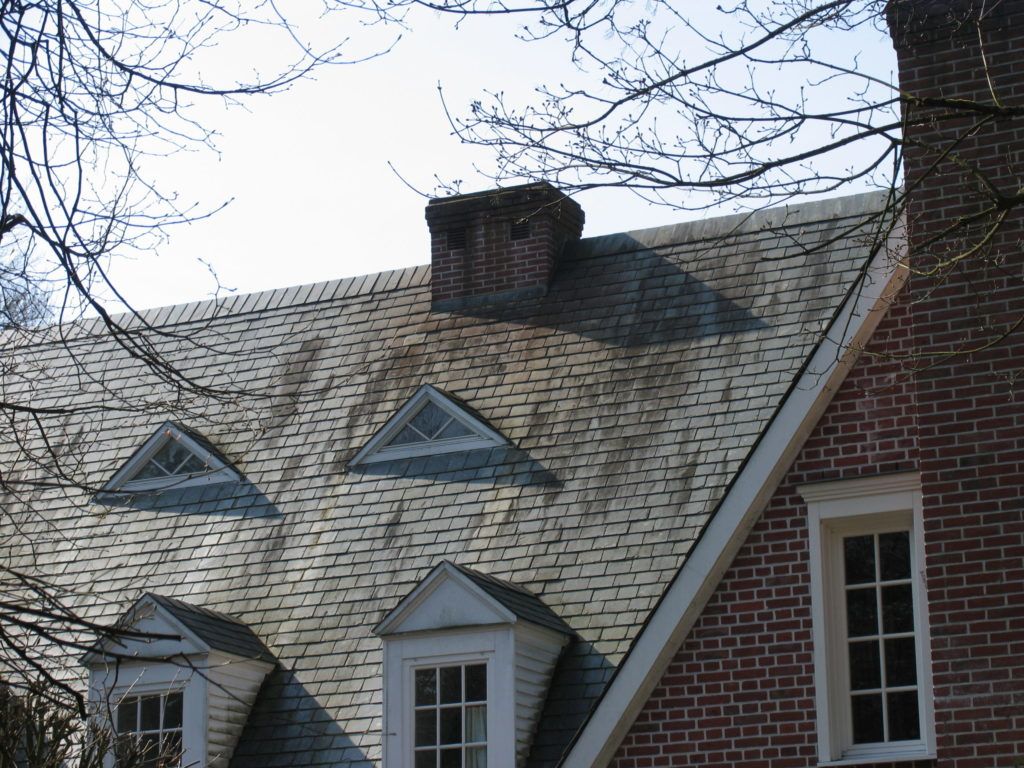
How can slate be cleaned, e.g. cleared of moss?
For the environment's sake no chemical substances should be used, in most cases clear water and a brush will do. In case of large areas a steam jet blower can also be used with the necessary distance and low pressure. Incidentally, moss on the slate has nothing to do with the rock but with the location of the house.


